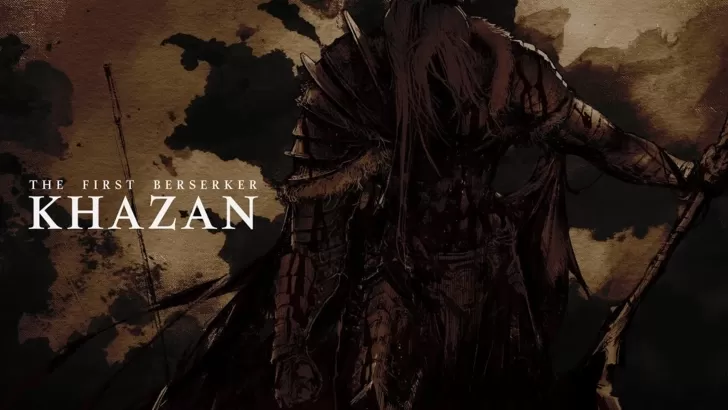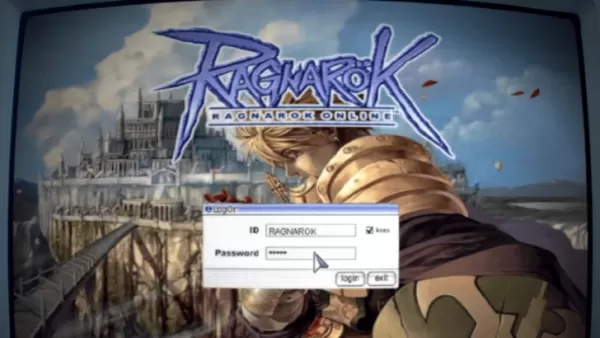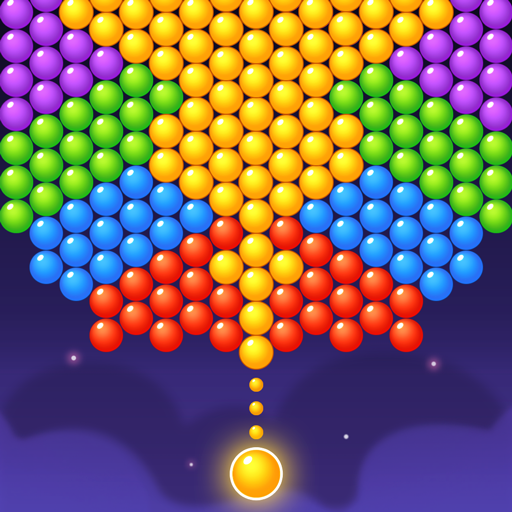In the thrilling world of extraction shooters, Exoborne stands out with its high-octane gameplay and innovative mechanics. The game's core premise is simple: infiltrate, gather loot, and escape. But what sets Exoborne apart is its use of super-powered Exo-Rigs, dynamic weather effects, and the beloved grappling hook, which together amplify the action to new heights. After spending about 4-5 hours playing during a recent preview event, I left with a sense of anticipation for its potential impact on the extraction shooter genre.
At the heart of Exoborne are the Exo-Rigs, which significantly define the game's unique identity. Currently, there are three types of Exo-Rigs to choose from: Kodiak, Viper, and Kestrel. The Kodiak offers a shield during sprints and the ability to perform devastating ground slams from above. The Viper encourages aggressive play by granting health regeneration upon downing or killing enemies and providing a powerful melee attack. Meanwhile, the Kestrel focuses on mobility, allowing higher jumps and temporary hovering. Each Exo-Rig can be further customized with modules, enhancing their specific abilities. While the selection is currently limited to three, the potential for expansion with new Exo-Rigs in the future seems promising, although developer Shark Mob was not ready to confirm any plans at this stage.
The shooting mechanics in Exoborne are satisfying, with guns delivering a weighty feel and melee attacks packing a significant punch. The grappling hook adds an exhilarating layer to navigation, allowing players to glide across the map rather than just running. Weather effects play a crucial role, with tornados boosting aerial mobility and heavy rain rendering parachutes nearly useless. The game's post-apocalyptic setting is further enhanced by fire tornadoes, which, while aiding movement, pose a lethal threat if players get too close.
Risk vs. Reward
Exoborne's design revolves around the concept of risk versus reward. Upon dropping into the game, players face a 20-minute countdown, after which their location is broadcasted to all other players. They then have 10 minutes to extract or face immediate termination. Players can choose to extract earlier if they have the necessary funds, but staying longer increases the potential loot. Loot is scattered throughout the map, in containers, on defeated AI enemies, and, most valuably, on other human players. The game's prized artifacts act as high-value loot boxes, requiring both the artifact and a key to unlock, with their locations visible to all, adding a competitive edge to the gameplay.
High-value loot areas are heavily guarded by stronger AI, challenging players to take risks for greater rewards. This tension fosters the need for effective communication within squads. Even if downed, players have the chance to self-revive or be resurrected by teammates, adding a strategic layer to the gameplay.
My main concerns after the demo revolve around the game's social and endgame aspects. Exoborne seems tailored for players with a dedicated group of friends, which may not appeal to solo players or those without a regular squad. Additionally, the late-game content remains unclear, with the focus on PVP and player comparison. Game Director Petter Mannefelt hinted at future developments but remained non-committal at this stage.
As Exoborne gears up for its playtest from February 12 to the 17th on PC, the community eagerly awaits to see how the game evolves and addresses these concerns. With its innovative mechanics and intense gameplay, Exoborne has the potential to make a significant impact in the world of extraction shooters.















